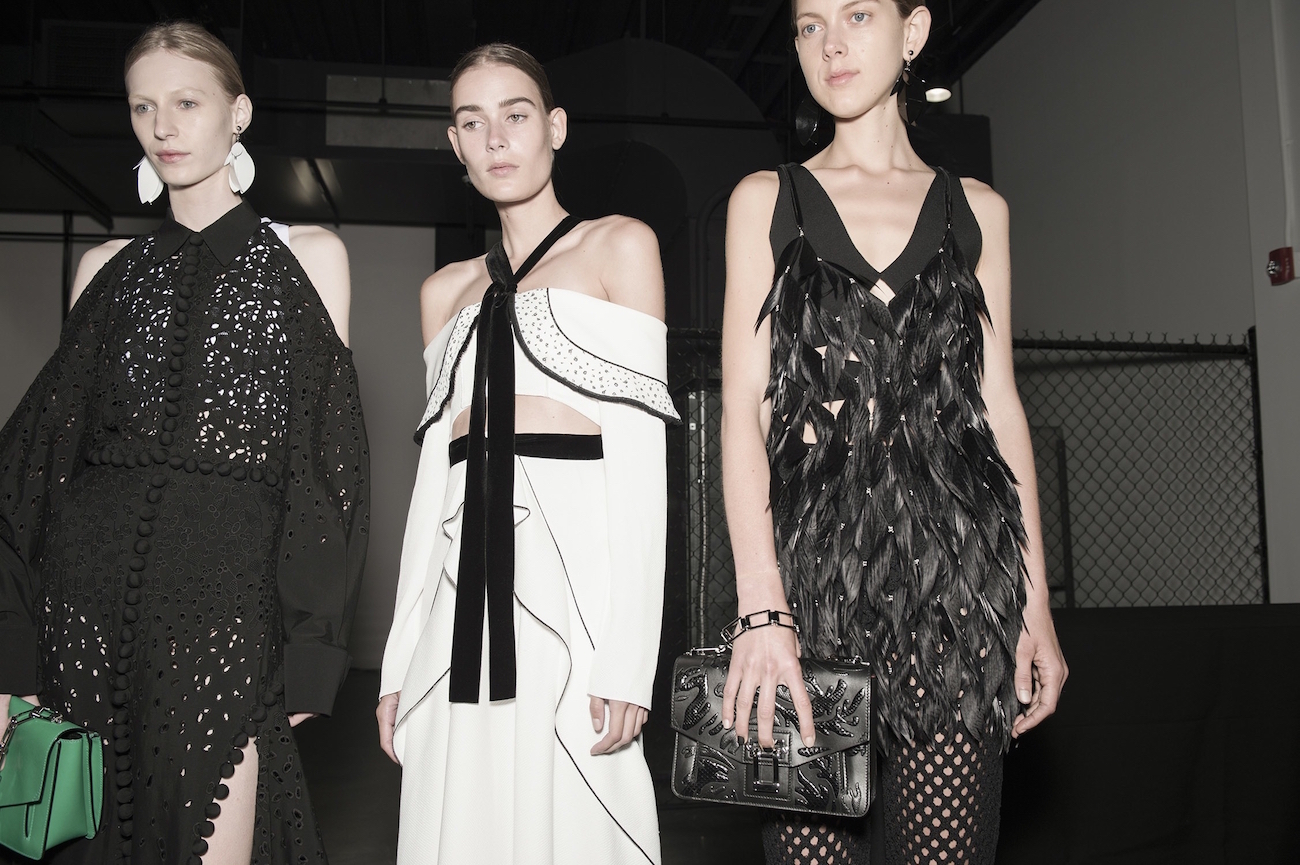Fashion people love talking about how demanding their industry’s calendar is. I’m one of them and even I find it boring; truly, what could be more dull than talking about scheduling? But today, WWD reports that Proenza Schouler’s Jack McCollough and Lazaro Hernandez are done talking: they are officially going rogue and taking a stand against the bizarrely nonsensical timeline a collection follows as it moves from presentation to press to shopfloor.
As expected, the designers will preview their pre-fall 16 collection to a small group of press in New York next week but, in a break with tradition, no outside photography or reviews will be allowed until the clothes and accessories hit stores next spring.
Their reasoning is clear: it’s nuts that customers are expected to see clothes online and on their Instagram feeds in December and still feel the same craving for them six months down the line when they finally become available for purchase. People don’t work like that, shopping doesn’t work like that, and as the fashion director of Neiman Marcus, Ken Downing, told WWD, “[it’s] not doing anyone a favor in our industry.” The six month window also gives high street stores time to produce cheaper versions of runway pieces—a problem Hernandez and McCollough have grappled with in the past.
Arguably, the current calendar was built for a different time, and both the media and industry have evolved since then. “Obviously the system doesn’t make so much sense anymore,” McCollough explained to WWD. “The way things are set up [in fashion] is part of a bigger conversation, but things need to change for now. We’re just looking at our own situation and trying to find something that makes sense for us. We’re not [instigating] this whole industry-wide shift. It makes sense to release a collection closer to when you can buy it. It’s as simple as that.”
The problem, though, is that showing the press a collection and telling them they can’t report on it for six months is like giving ice cream to a five-year-old and telling them not to eat it for half an hour. Either temptation will win out and someone will get in trouble, or, after a frustrating wait, the prize will lose its appeal. In the words of Ed Nardoza, WWD‘s editor-in-chief, “For WWD‘s editors, a collection is news the minute we’ve seen it. Several months later, it no longer carries the same news value.”
Nardoza points out the extent to which the internet and social media have changed the press model by 2015. While the six-month embargo on imagery and reviews might work for some long-lead publications, even print magazines are still expected to publish news and images near-instantaneously on their websites and Instagram accounts.
It’s a strange one for Proenza Schouler, because McCollough and Hernandez understand the power of social media better than many of their peers. Last month, during a panel discussion, Hernandez told Instagram’s Eva Chen, “With the dawn of new media, it’s really changed the game 100 percent. It’s changed the way we edit the show, the palette of the show. The way we think about it is completely different.” In September, they even allowed their followers to see behind-the-scenes images of their collection being created in a special Instagram series documenting their creative process.
But McCollough tells WWD that their pre-fall strategy is simply another way of playing around with what’s possible. “Why not start this whole thing and experiment a little bit with how it works on a pre-collection level?,” he says. Perhaps the real experiment though is whether or not editors will really be able to resist Instagramming images. Nardoza, for one, thinks they’ll blow it: “Our experience at WWD is that embargos of this nature are virtually unenforceable, even when all parties agree to the terms in good faith.”
But Proenza’s designers deserve serious respect for changing things up. Limiting their collection’s visibility is partly a commercial strategy, to protect sales come April. But it’s also a brave move for two designers to go against the status quo and show that they won’t cave to pressure from the media — especially at a time when designers are increasingly being treated as puppets of the industry’s commercially minded conglomerates.
Credits
Text Alice Newell-Hanson
Photography Jason Lloyd Evans
